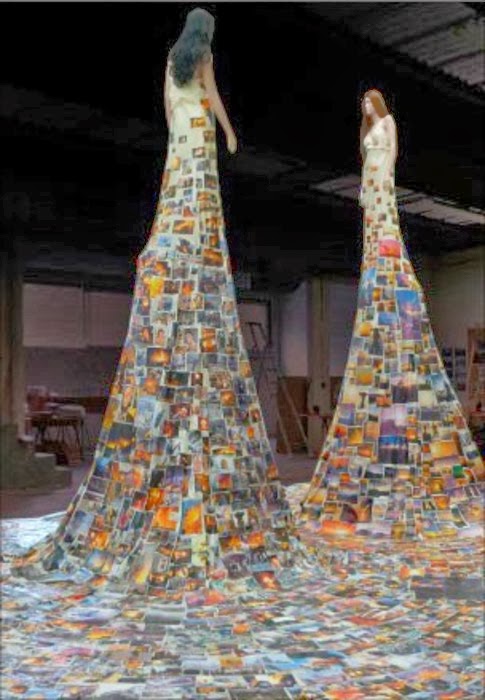Critical Laboratory from MIT Press collects writings of Thomas Hirschhorn – "a Swiss artist known for large sculptures and ambitious projects, often constructed of everyday, makeshift materials."
 |
| Crystal of Resistance, 2011 |
 |
| Crystal of Resistance, 2011 |
 |
| Crystal of Resistance, 2011 |
 |
| Eye to Eye Subjecter, 2010 |
 |
| Preparatory drawing, Gramsci Monument, 2013 |
 |
| Gramsci Monument, 2013 |
Thomas Hirschhorn (b. 1957) at the temporary Gramsci Monument he created last summer in partnership with residents of a large public housing project in the Bronx. The work was commissioned by Dia Art Foundation.
From Critical Laboratory –
To look at images of destroyed human bodies is important because it can contribute to an understanding that the incommensurable act is not the looking; what is incommensurable is that destruction has happened in the first place––that a human, a human body, was destroyed; indeed, that an incommensurable amount of human beings were destroyed. It is important––before and beyond anything else––to understand this. It's only by being capable of touching this incommensurable act that I can resist the suggestive question: Is this a victim or not? And whose victim? Or is it perhaps a killer, a torturer? Is it perhaps not about the victim? Perhaps this destroyed human body shouldn't be considered and counted as a victim? To classify destroyed human bodies as victim and not-victim is an attempt to make them commensurable. The victim syndrome is the syndrome that wants me to give a response, an explanation, a reason to the incommensurable and finally to declare who is "the innocent."
